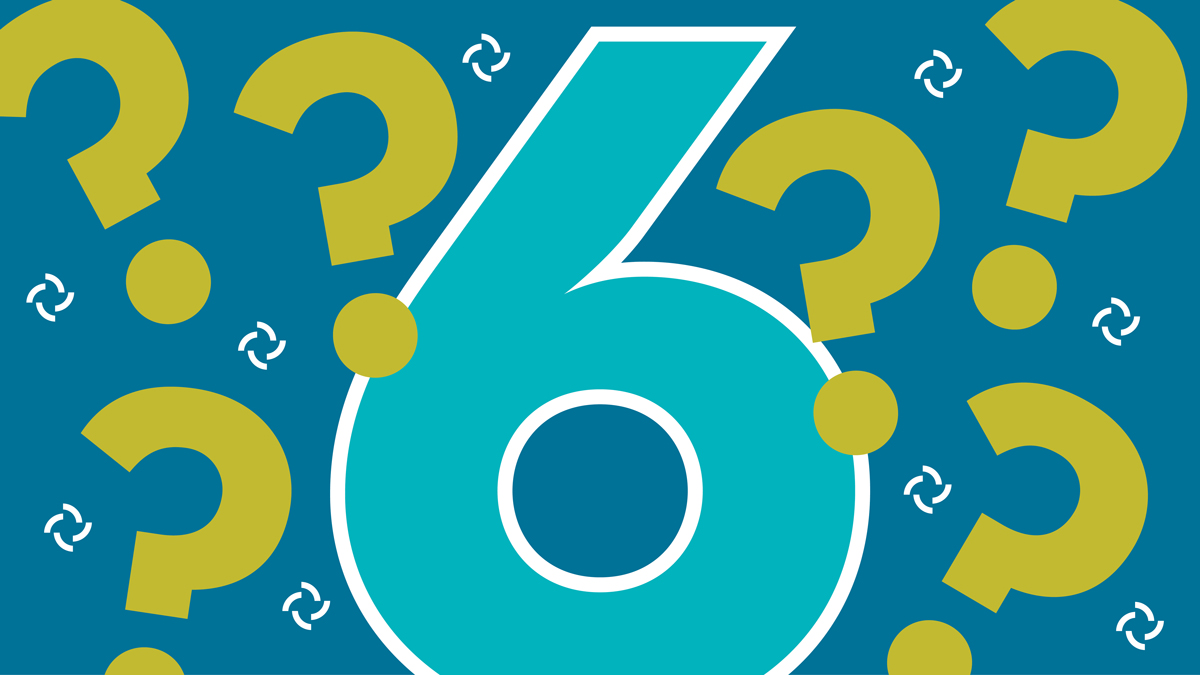6 Marketing Questions For Your Sales Collateral

Sales collateral is one of the components in a company’s overall marketing strategy. It generally refers to literature in the form of a brochure, handout, flyer, or other sales support material. And it’s typically used after someone has already come into contact with your company through advertising or digital marketing channels, website, or a trade show presence. It’s a tool that enables you to follow-up with a prospect and provides more specific information on a particular product or service you offer. It’s often used as a leave-behind, used in mailings, or it may have been requested through your site.
Like all other components of your marketing, it’s an extension and support of your brand where a consistent look, story, and message is key.
One of the differentiators of a collateral piece is that it’s not typically vying for attention the way print or digital advertising is. Keep in mind that your audience most likely knows who you are or has had some contact with you or your company. So while its look should be anything but dull, it’s a piece that also needs to be relevant, informative, and purposeful. And that doesn’t mean it needs to be overly copy heavy. It needs to clearly spell out the features and benefits of your products or services and should be designed in a way that’s easy to read and easy for the person to find the information they’re looking for. Copy supported by images, graphics, or infographics will be far more engaging than a page full of copy. The call-to-action needs to be bold and easy to find.
In evaluating what you’re currently using, walk through these six questions to see how your collateral pieces measure up:
Is it brand cohesive?
Compare what you’re currently using to the other components of your marketing efforts. Is your logo used consistently? Does it reflect a consistent color scheme? Are the fonts you’re using consistent across all mediums? When combined, do all of the components look and feel like they’re from the same family?
Is it visually engaging?
Try and look objectively at the piece that you’re holding, and ask yourself if it’s something you’d want to read or browse through. A story can’t always be told with an image, but using images or graphics along with your story is easier on the eye, and makes longer-running copy less daunting to consider reading through.
Is it easy to find the information you’re looking for?
Along with being visually engaging, using appropriate headings and subheads can make it easier for your viewer to zero-in on what part of the story they’re looking for. Using things like callouts and color-block areas can also help. Listing bullet points of features or benefits are an easy way to make them stand out.
Is the content clear and informative?
Read through your copy and make sure that it’s clear, concise, and to the point. Is your prospect or customer getting the right message and story? Are specifications easy to follow? Is the copy sized appropriately for readability? Cramming too much content into any piece, in a format that makes it hard to read, is the easiest way for your handout to end up in the trash and for you to miss an opportunity.
Is your information current?
Beyond being clear and informative to the reader, make sure that the piece you’re using is up-to-date on what you currently offer. Have you added or changed any of your services? Has any listed pricing changed? Have any product specifications been updated lately? Maintaining current content prevents you from having to explain why unclear, wrong, or inaccurate information is being used in your marketing, which sends a negative message to your reader. For companies whose products or services tend to change more often, printing digitally in smaller quantities and more often is a logical and cost-effective approach.
Is your call-to-action clear?
You’ve got a well designed, brand-consistent, visually-engaging marketing piece that’s informative and current, and tells your story clearly. It has everything your prospect needs to make an informed decision. All you need to do now is be clear on what you’d like them to do next. Your call-to-action needs to be clear and bold. Call us. Register online. RSVP. Email us. Whichever step gets them closer to retaining your services, closing a deal, or making a sale.
Collateral pieces can be powerful, useful sales support tools if the time and effort are invested upfront in planning for how they’ll be used within your specific sales process. If you feel your current collateral efforts are missing the mark, call us or touch base by visiting our contact page. We’d love to have a conversation. By the way, that’s your clear call-to-action. 🙂
